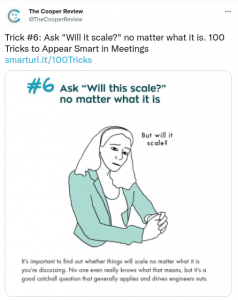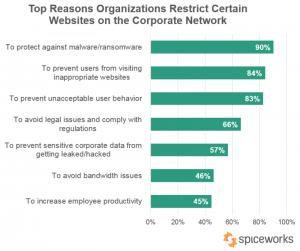— August 8, 2019

27707 / Pixabay
What team size is optimal? Do cross-functional virtual teams have more challenges? How often should virtual teams meet face-to-face? These and other questions led to our research study, where we collected data to better understand the divide between successful virtual teams and ones that are struggling.
As part of our study, we profiled top performing virtual teams and found that the characteristics that emerged fell into three categories: team composition, communication and training, and leadership.
Team Composition
Stable Team Membership
Some of the characteristics of the most effective virtual teams had to do with stability of membership. With less frequent changes in team membership, high performing teams had greater stability and more time for members to focus on building lasting relationships.
Fewer Team Members
The more effective teams tended to be smaller in size, having seven to nine members. In our study, some of the larger teams had twenty to thirty people and tended to be much less effective. Communication also becomes more difficult when there are more members on a team, providing opportunities for accountability to drop and some members to fade into the background.
Team Members On Fewer Teams
It was found that the more effective teams had team members that were on fewer teams. Some of the people in the study were on ten or fifteen virtual teams, which made it very difficult for them to allocate time and give their attention to the objectives and agenda for each team. Also, it can be difficult for them to focus their attention on building the relationships necessary for success on any one team.
Team Members Report to One Leader
The more effective teams were functional teams where every team member reported to one team leader. The cross-functional teams added another layer of complexity and difficulty to managing in a virtual setting. This suggests that cross-functional teams may face unique challenges and greater levels of complexity that inhibit performance in a virtual environment.
Team Members Have Longer Tenure
Another aspect was that the most effective teams had a longer tenure as a team. What’s critical here is that this gave them time to both get to know each other a bit better and to put processes in place for decision making, for problem-solving and for information sharing.
Communication and Training
Face to Face Meetings
What we found in our study is that the most effective virtual teams met face to face within the first three months of formation. Team leaders shared that, whether it’s a new team or a team that’s been around for years, nothing is better than meeting face to face.
High-Impact Meetings
The most effective leaders brought their team together within the first 90 days and then tried to bring their team together at least once a year after that. If they’re unable to bring everybody together, they make sure that they move around and meet with each person individually High performing virtual teams ensure that their meetings are productive and high-impact. Instead of holding weekly status update meetings just for the sake of meeting, these teams are much more selective about when and how to meet.
Effectively Use Technology
The most effective teams both shared responsibility for the agenda and ensured high levels of engagement and participation. They used the right technology for the purpose so they were able to leverage technology and ensure there was a good match with the task. Higher performing teams also reported using video conferencing regularly along with online collaboration tools.
Offer Skills Training
Teams that took time and focused on both team development and individual skill development to ensure effectiveness among the team members were the highest performing. Teams who had more than four training or skill development sessions performed significantly better than those who had fewer sessions.
Leadership
Strong Remote Leaders
The most effective teams had the most effective leaders. Although leaders of high performing teams reported facing challenges such as a lack of resources and time to focus on leading the team, they compensated well. They appear to struggle less with building collaboration virtually, which was a key challenge reported by the lower performing teams.
Based on the data collected, it was made clear that organizations who were more deliberate when forming virtual teams, considering team composition, communication, training needs, and the characteristics required of a leader managing from a distance were the most successful. The most effective virtual teams aren’t necessarily the biggest or juggle multiple tasks at once. They are the ones who work with purpose towards a shared goal, communicating efficiently and effectively.
Business & Finance Articles on Business 2 Community
(22)







